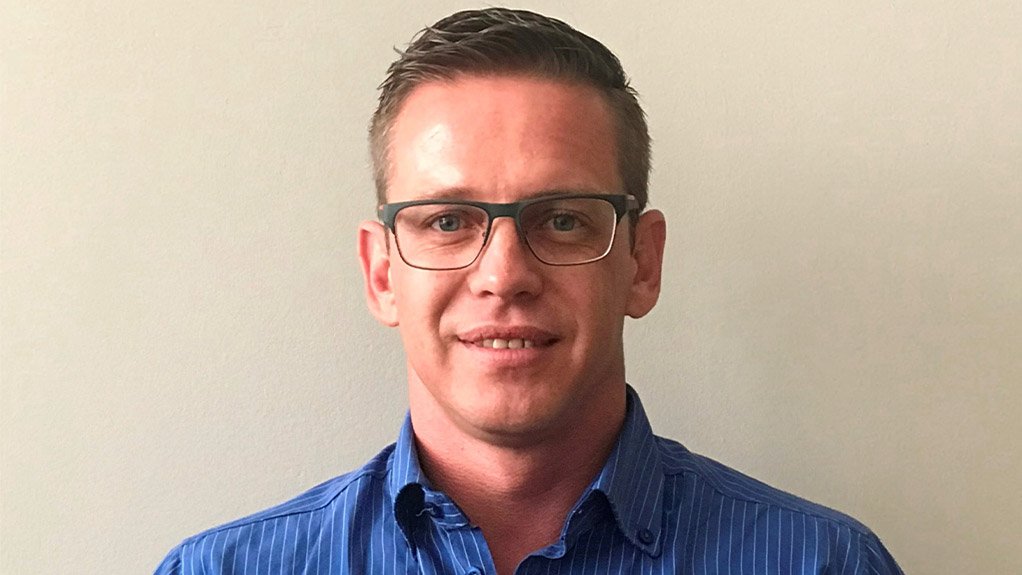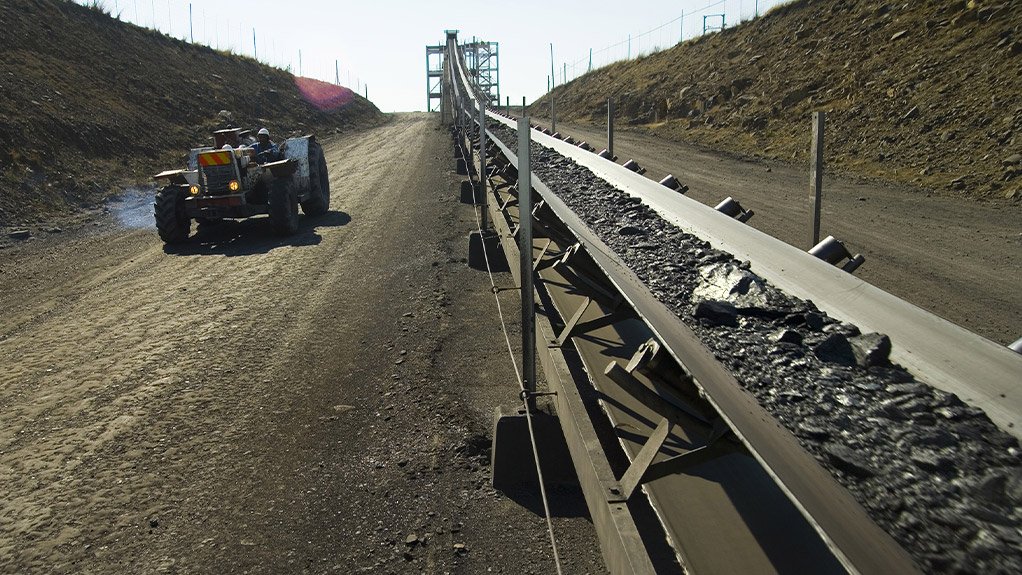
+27 11 899 0000
Lancaster Commercial Park, 12 Merlin Rose Drive (cnr. Lancaster Ivy), Parkhaven Ext.5, Boksburg, 1459
Industry slump makes technology improvements essential



SHAUN COMBRINCK An uptick in gold prices might mean more business from the gold sector soon
GOING THE DISTANCE Better mechanical technology is required for longer conveyors
An international slowdown in the mining industry over the past few years has led to a more pressing need for technology improvements, says bearings and transmissions products distributor Bearings International (BI) business development leader Shaun Combrinck.
“The mining industry is at a point where it has to look towards new technology to make operations safer and more cost effective. Innovation is a must,” he asserts.
Combrinck explains that, as mines seek to upgrade their plants and equipment for higher efficiencies, suppliers and original-equipment manufacturers (OEMs) are tasked with keeping up with – even anticipating – the demands of the industry to remain relevant in an increasingly competitive environment.
“Mines are becoming deeper, excavations are becoming bigger and conveyors are becoming longer; therefore, OEMs and suppliers have to adapt to the technological demands of those developments. It’s becoming increasingly important for mining operations to save on operating costs, increase productivity and reduce maintenance,” adds BI product manager Hilton Woest.
Combrinck notes that, because of more stringent economic circumstances, mechanical mining technology is moving fast towards becoming low to no maintenance.
For example, low-maintenance advanced new split couplings or split bearings used in crushers might take only two hours to change, whereas older models might take up to two days.
“However, these improvements mean higher initial capital expenditure,” he tells Mining Weekly.
Despite the higher cost of new technology, savings because of decreased downtime make the investment worthwhile, BI transmission and agricultural drives product manager Brian Tillie emphasises.
“A higher price for a low- to no-maintenance product is negligible when the alternative downtime required to repair or replace mechanical components can cost mining operations millions of rands an hour,” Tillie points out.
Woest notes that, where maintenance is unavoidable, on-site maintenance is preferred.
“It is preferable not to remove equipment to perform maintenance in a workshop off site. Therefore, the more products we can supply that allow for on-site maintenance, the less downtime for the mine. It also means that fewer skills and people, as well as less equipment – such as cranes and hoists – are needed on site. This also leads to fewer safety concerns,” he explains.
However, OEMs and distributors face the challenge of educating the market on new available technology and how this technology can address market needs.
Combrinck notes that, from a distributor’s perspective, it is key to develop and maintain positive relationships with not only project houses, consulting engineers and process managers but also the foremen and fitters on site who will be physically interacting with the technology every day.
He adds that many on-site mineworkers might be comfortable only with the brands of mechanical technology they are familiar with, despite those brands possibly using outdated technology that can undermine the mine’s bottom line because of increased downtime for repairs or maintenance turnaround times.
It is, therefore, necessary for new, unfamiliar technology and brands to be trialled, tested and approved by on-site workers, which then makes it easier for project houses and consulting engineers to recommend or implement them.
“The industry has to be accommodated on both sides through communication with staff at the mine and the decision-makers at head office so that everyone is on the same page in terms of introducing new technology,” he explains.
The most activity in terms of demand for technology improvements is in the local coal and platinum mining sectors. With the gold price on the rise, the hope is that business in this sector will improve in the coming year, says Combrinck.
“The demand for improved mechanical technology locally, especially in the coal sector, has been growing considerably because of the age of some of the plants – some plants have been running for up to 60 years,” he adds.
However, he notes that, while the upgrading of older plants in South Africa is ongoing, most orders for new projects are received from other African countries.
“Much of the new technology is ideal for the African market, especially in terms of ease of installation and low maintenance,” Combrinck concludes.



